Snuff Box or Pill Box miniature and green background Salimbeni
894,00 €
Baroque shaped pill-box with hand engravings and green fire enamel, with hand painted enameled miniature of pastoral style in the center. Size cm. 4,6 x 5,6 x 1,6. Weight gr. 65. Produced in 1998 in Salimbeni’s factory in Florence.
Description
Baroque shaped pill-box with hand engravings and green fire enamel, with hand painted enameled miniature of pastoral style in the center. Size cm. 4,6 x 5,6 x 1,6. Weight gr. 65. Produced in 1998 in Salimbeni’s factory in Florence. About enameling There are about 700 different colors of enamel, but in practical use today is limited to about two hundred. However, the layering of different colors allows an almost infinite range of combinations and nuances that can degrade, even on the same object, the darker shades to lighter ones, and vice versa. The object that you want to realize that may then be covered with enamel, must be built not just taking care of details in relation to the subsequent application of powdered glass.Assuming the case that it should be silver, care should be taken that the sheets have a thickness such as to withstand the high temperature “cooking” of the enamel which is not too far from the melting point of silver.Even the title of the metal must be chosen depending on the type of enamel to be applied, because some colors have made different color depending on the greater or lesser quantity of the alloy contained in the metal. The welds must also be such as to prevent deformation of the object exposed to the temperature of repeated firings for the liquefaction of the different colors of the enamel. The larger, finally, is the object and the surface to be coated, the greater effort and attention will be needed to ensure that no record distortions and depressions of the sheets treated. The surfaces to be coated must be surrounded by a step at a slight angle, which can contain the liquid glaze.Typically you use to dig the plate to create usable space, while other times you fillet weld around the plate to be enamelled. Very nice especially the hand-engraved reproducing landscapes, architecture, paintings from the Renaissance period.Finally, before moving on to the stage of enamel, each object must be cleaned with brushes and pickling acids with special care because, especially working the silver, not all the metal oxide glazes turn out to be compatible with the oxide of silver, for which it is necessary to eliminate it completely or at least with extreme care to avoid direct contact with the metal of certain colors, interposing a layer of transparent enamel. Another very effective technique is called enamel “en ronde bosse”, suitable to be applied to the enamel surfaces in the round, such as figurines, eggs etc.. This technique is particularly difficult and delicate because the glass part is still fluid, at high temperature, must be made to adhere to non-planar surfaces, and it takes great skill and attention to ensure that it does not coli downwards, or solidify second different thicknesses, resulting in shades unwanted color. About Miniature Miniature is a very ancient technique which consists of painting works in small proportions. It was born for the decoration of the first letter of the paragraph of the books. Over the years, however, this technique is refined and enriched, then moving on to precious personal items. Hand-painted miniatures can be done with multiple different techniques. The most important that we use on our articles are of three kinds: 1) Fire enamel. 2) Water tempera on an ivory plate. 3) Painted on mother-of-pearl. Fire enameled miniatures: On a first layer of enamel generally white or very clear or even transparent suitably liquefied at a temperature of about 750 ° C, the chosen subject is painted using miniature colors which are as many colored crystals, ground and reduced to a very fine, almost impalpable powder washed and purified in distilled water with the addition of small quantities of deoxidizing acids which, diluted with essential oils (usually essential oil of solder), can be mixed to form a palette of colors. With very fine sable hair brushes you draw the subject starting from the perimeter and then gradually adding various layers of color. It is necessary to carry out various firings very often so that the colors harden and are not absorbed by the underlying glaze as, during the subsequent firings at 750 ° C, during liquefaction, it would spread irremediably. Hence the need to form the painting a little at a time, cooking it numerous times. Therefore it is necessary to proceed with numerous retouching, often overlapping different colors that only the painter’s experience knows. A beautiful miniature needs from 20 to over 50 firings and is finished when the painter deems he does not have to further intervene. Some colors must have darker tones than others because then, by superimposing the transparent enamel placed at the end of the miniature, they fade. This transparent layer, called “fondant” in jargon, must be smoothed and polished like all other translucent enamel colors. The miniatures with water tempera colors are painted on real ivory plates and are watercolor paints which, being delicate, must be protected by glass and, above all, must not undergo washings or anything else over time because they fear humidity. The miniatures on mother-of-pearl are original and typical Russian and are painted with acrylic colors on smooth and shiny mother-of-pearl plates. The mirroring of the mother-of-pearl of the background creates very delicate reflective effects.
https://youtu.be/5DoQWnlxqpM
Only logged in customers who have purchased this product may leave a review.
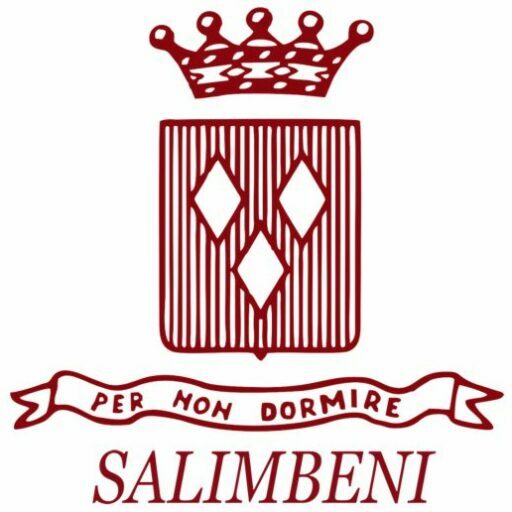
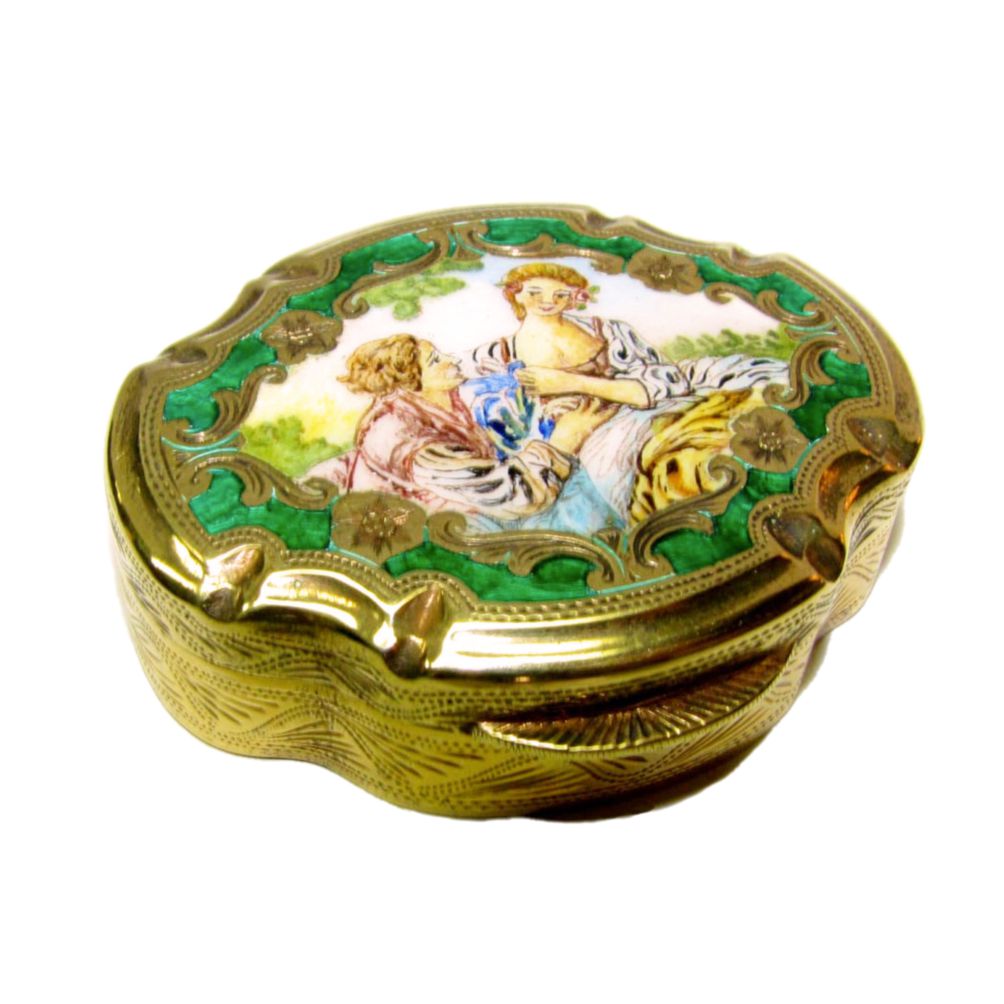
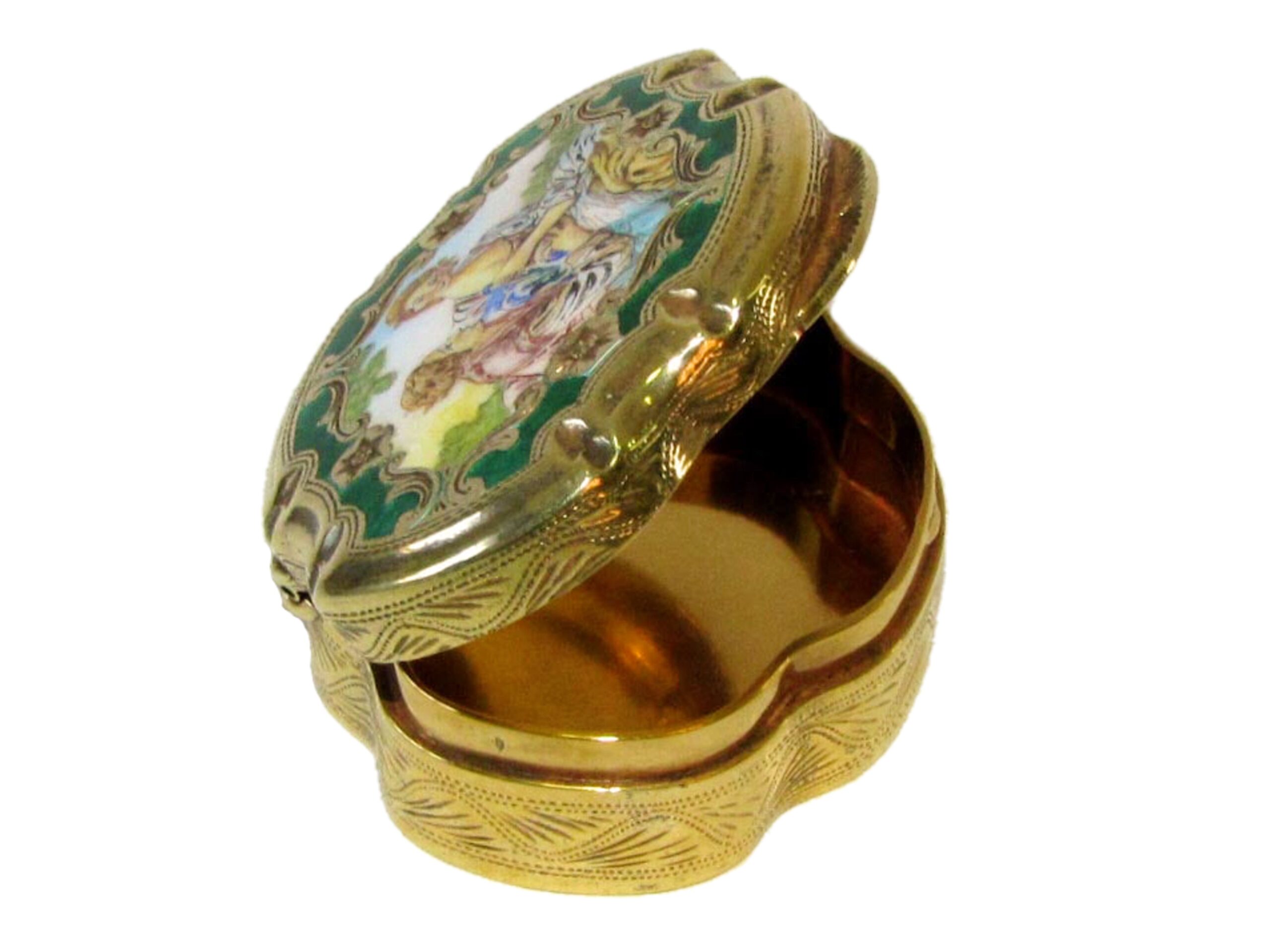
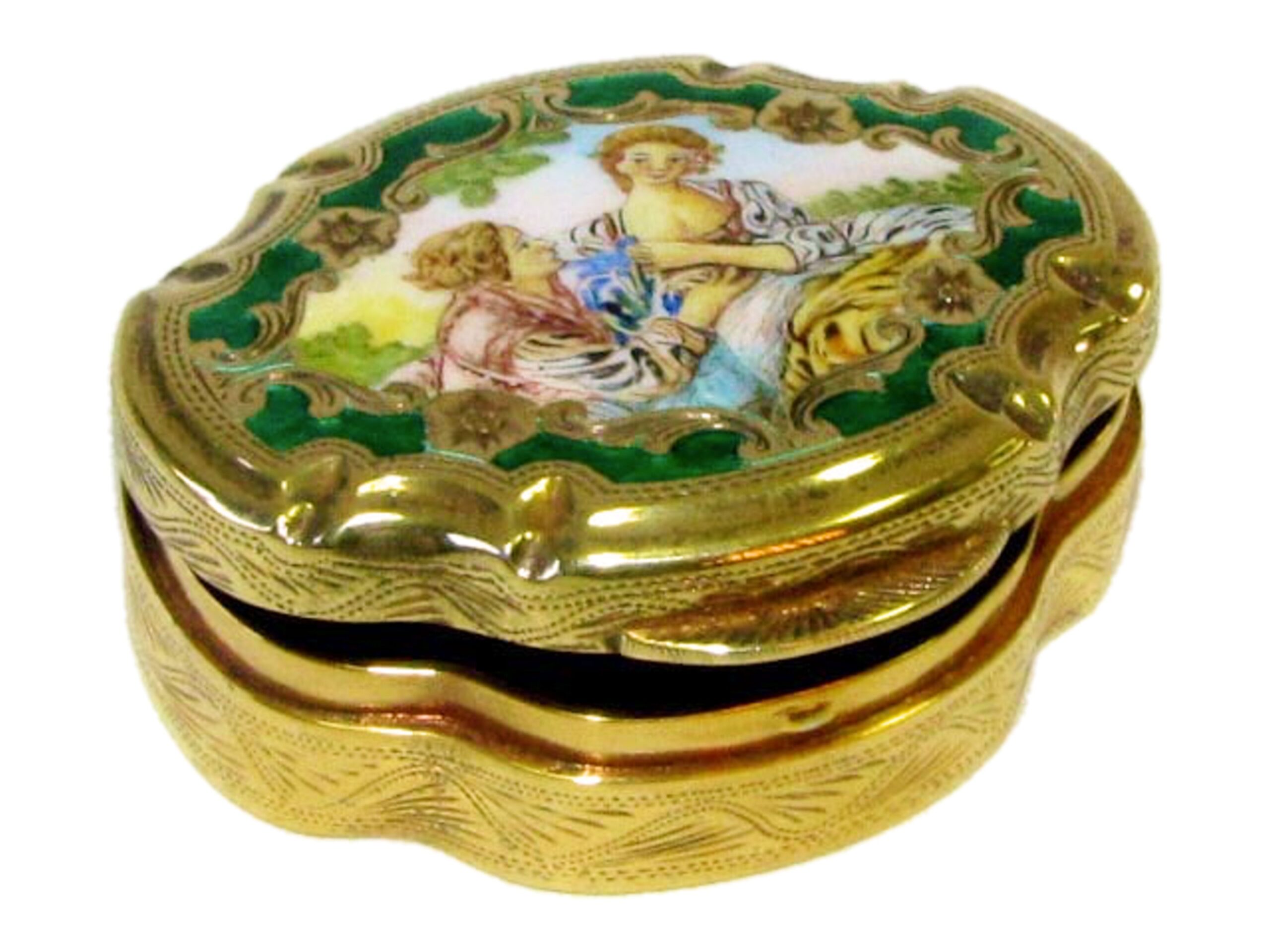
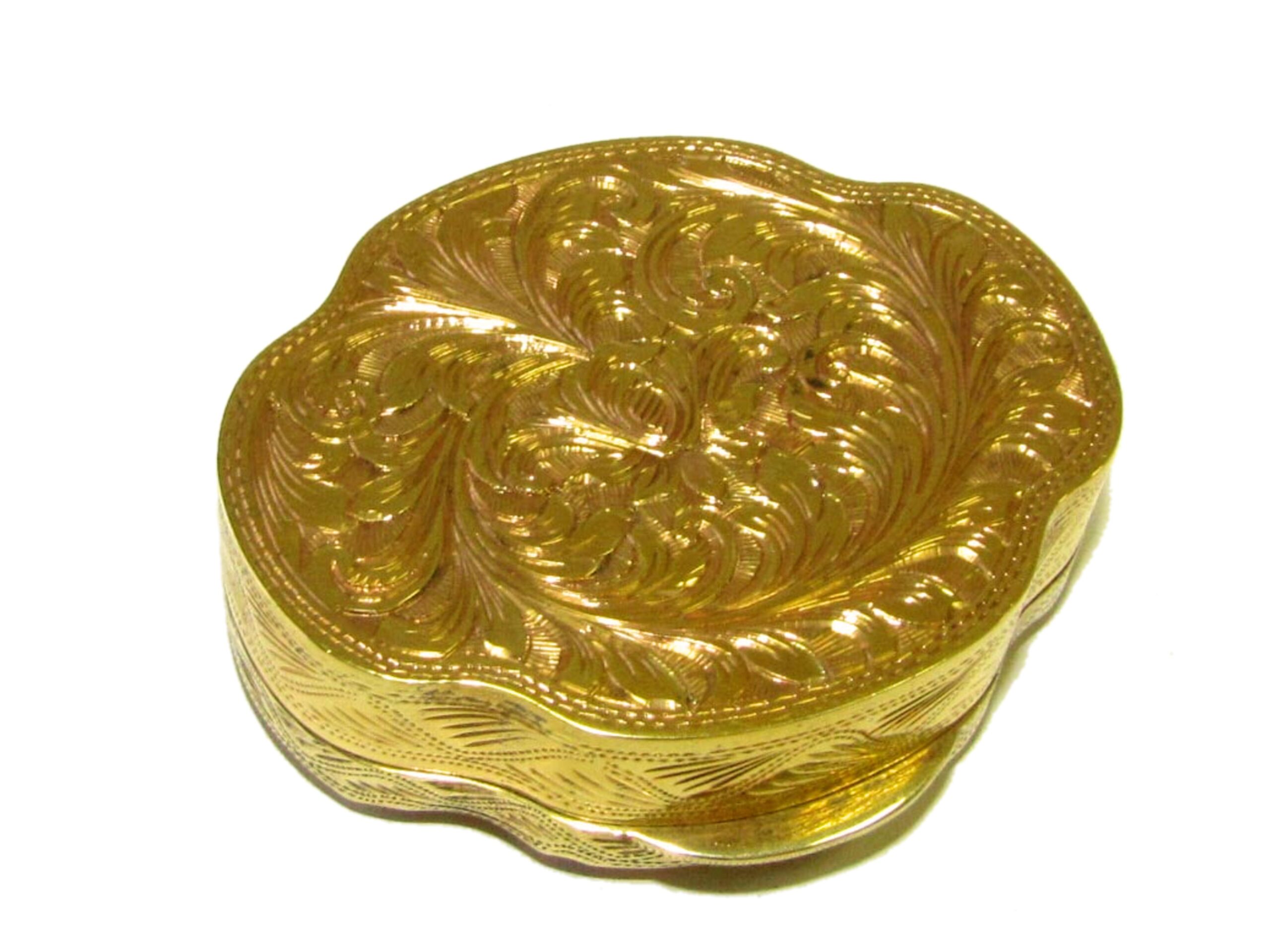
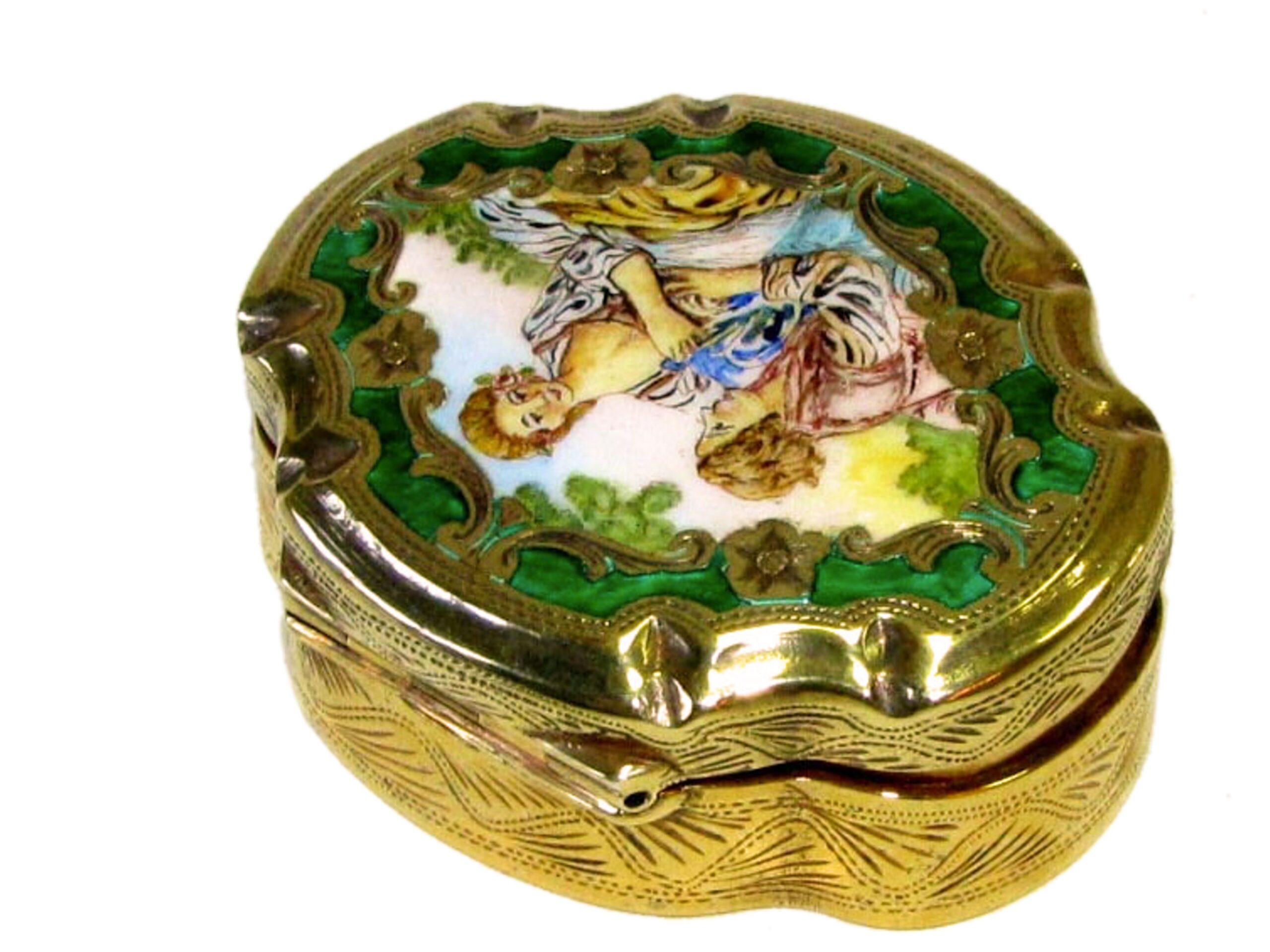
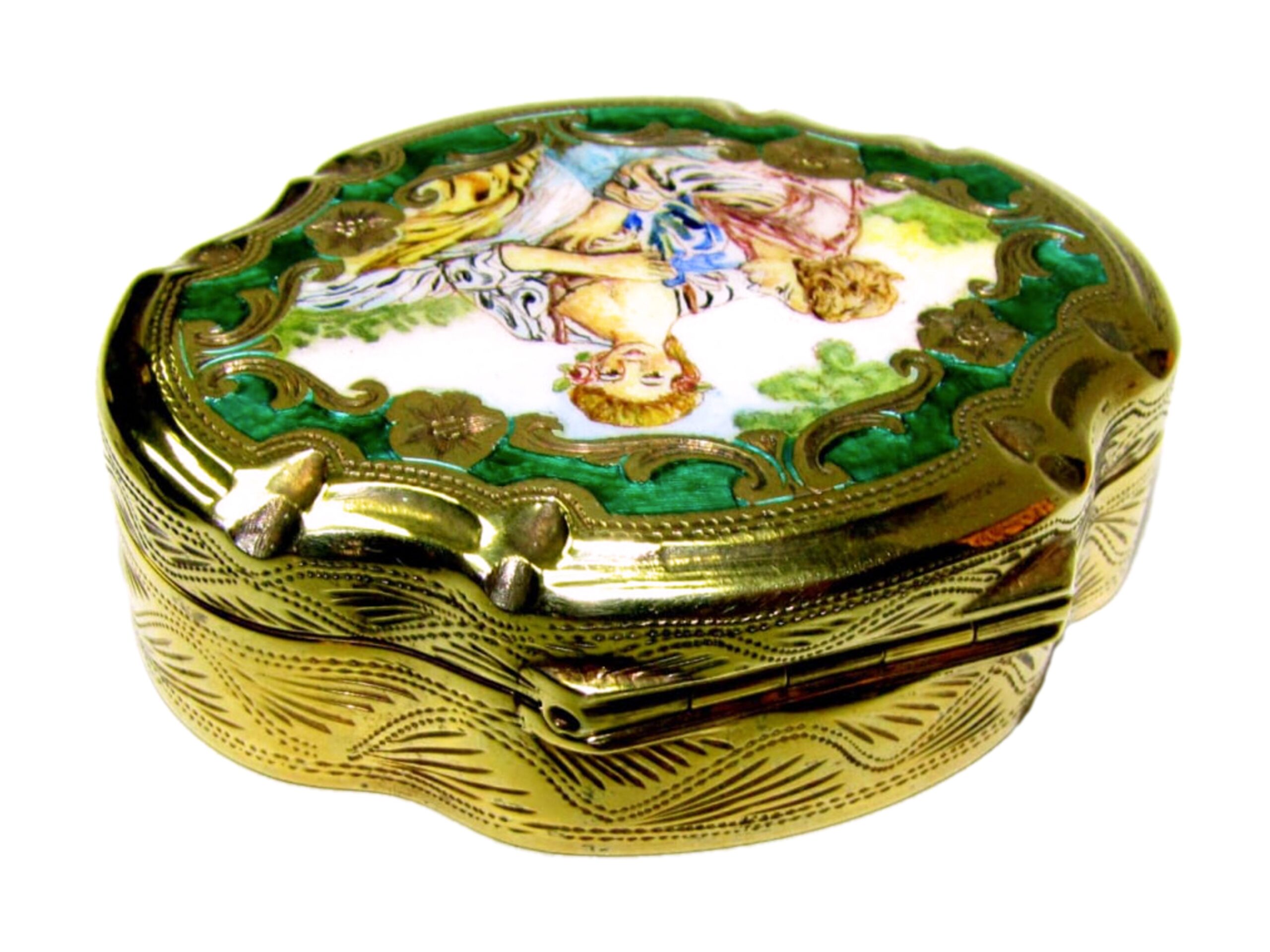
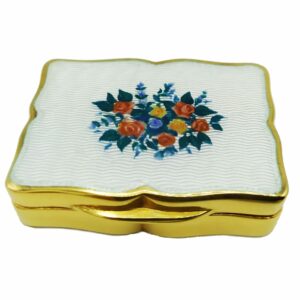
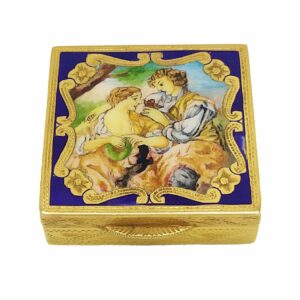
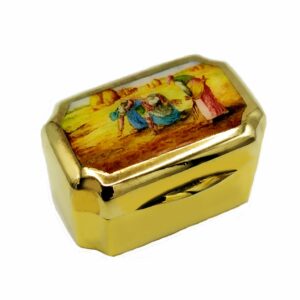
Reviews
There are no reviews yet.